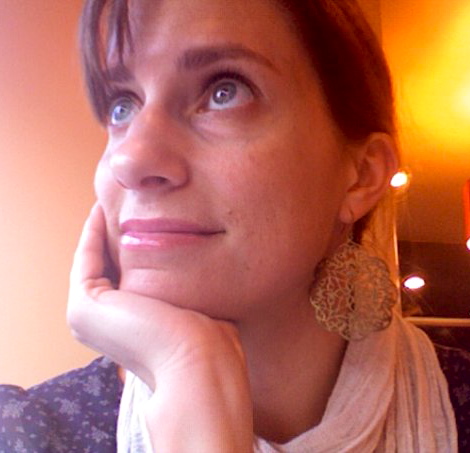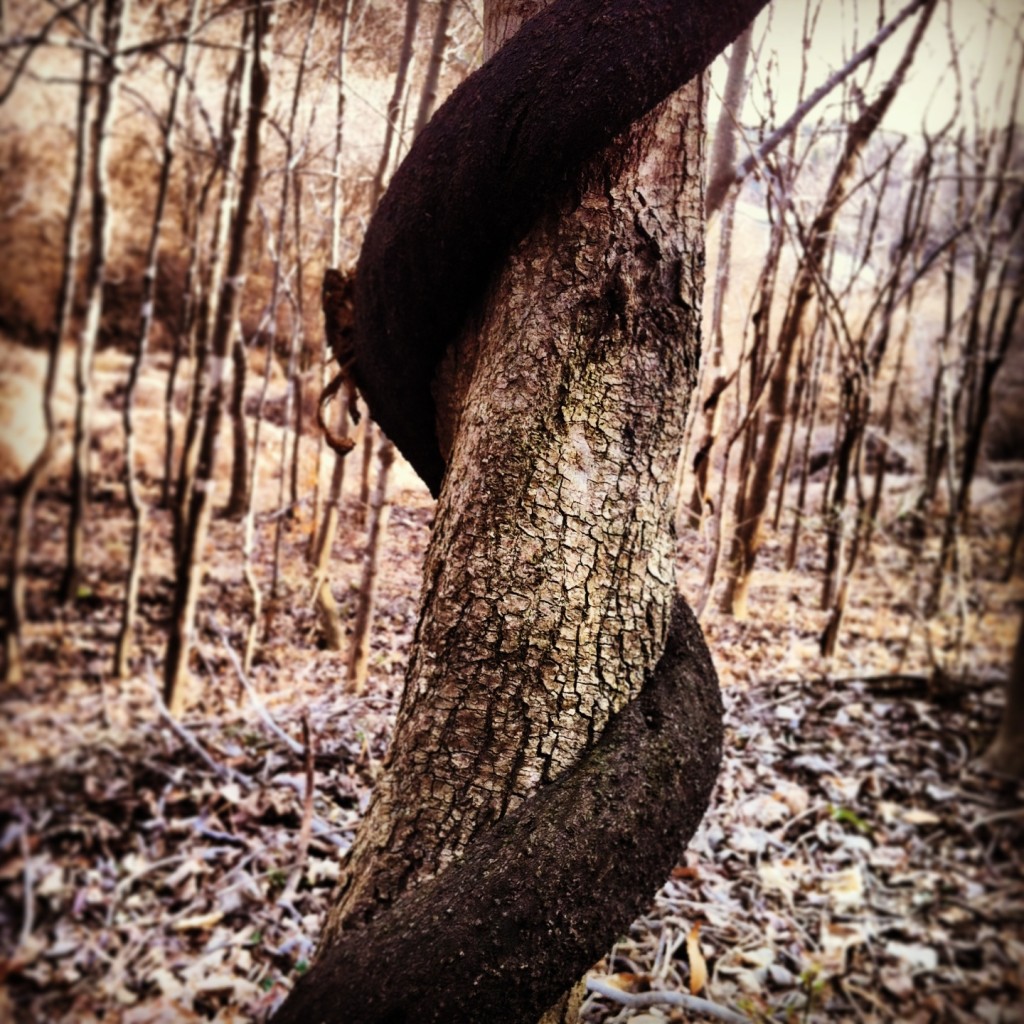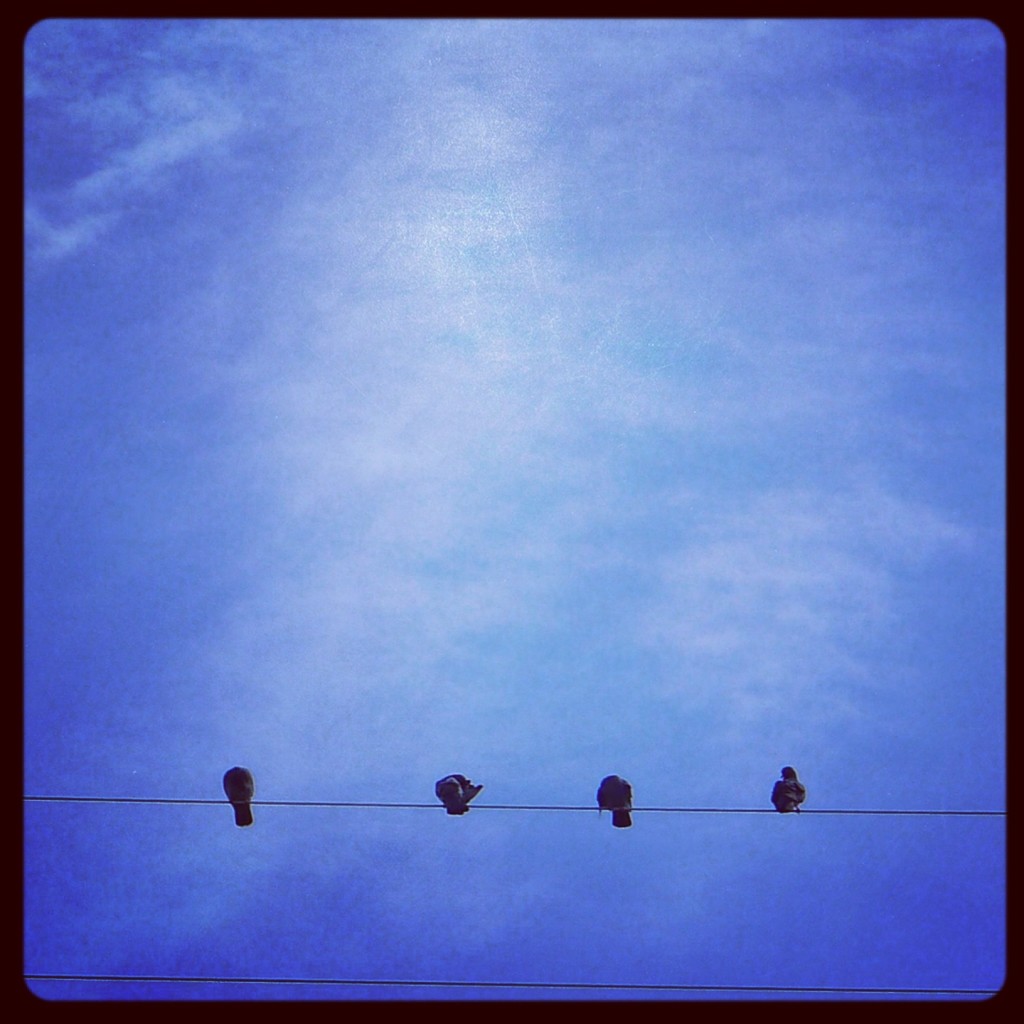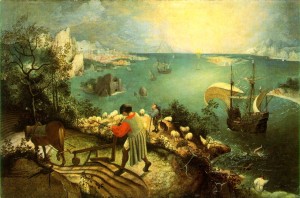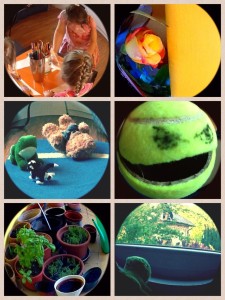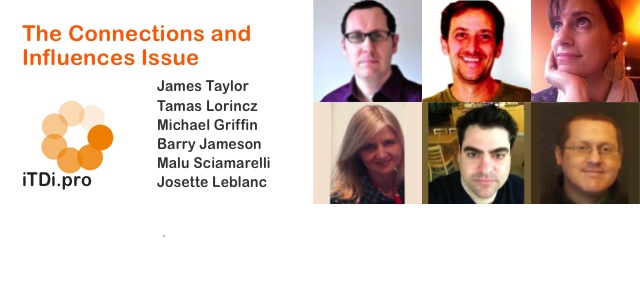Switching things up – By Mike Griffin
As teachers we are in the change business. Yet, as many of us know very well, change is not always easy. Inertia can be a powerful force and it can become all too easy to get stuck no matter how much we believe change is desirable.
One book that has greatly affected the way I think about change is Switch: How to Change Things When Change is Hard by brothers Chip and Dan Heath.
I found this book as easy to read, powerful and memorable as it was insightful, and would strongly recommend it to pretty much anyone — especially teachers interested in creating change in themselves, their students, their institutions, and their world. There are several ideas from the book that greatly appeal to me.
One is that when trying to encourage change we need to find the bright spots. This means we need to find cases or situations where things are working and use these to guide our changes. Instead of focusing on a faraway, long-range, and abstract goal we can found out what is working right now in our classrooms and staffrooms and start from there. Having a local model in a similar situation is a great way to work towards improving what we do. I should also mention that the bright spot need not be another person but could be one positive aspect of what the individual teacher or student is doing. I think in this field (and others as well) we often focus on what is wrong or what is lacking instead of thinking about what is going well. We can gain valuable information by analyzing what is working well and using this as a model and as a starting point. A great thing about focusing on the bright spots give some direction to the rider as well as a dose of motivation and hope to the elephant.
“Elephant? Rider? What?” I heard you asking.
A set of the Heath brothers’ concepts I found particularly helpful and useful are the Elephant and Rider. The idea here is that within each of us we have an elephant and a rider. The elephant is the emotional driving force ready to work hard and run powerfully all over the place. Unfortunately, the elephant easily loses motivation or directs its energy into something else. The rider is the analytical and rational part that is swayed by logic and reason but easily frozen by what we can consider “paralysis by analysis.” In order to exert change successfully we need to have both the elephant and the rider on board and engaged. So, if we are trying to help someone (or ourselves) make changes we need to appeal to both the elephant and the rider. It is not enough to get someone excited about ideas and convince them and their elephant that change is a good thing. We also need to appeal to the rider, the thinking and rational part. Likewise, the rider alone is not enough. We need both in tandem.
I personally find this metaphor very helpful. When I get all excited about an idea I say to myself that my elephant is interested but then when I start picking holes in it and allowing inertia to take hold, I say to myself that my rider needs some reassurance or has some questions or issues that need to be taken care of. Likewise if I see someone poking holes into what otherwise seems to me like a great idea I take this as a need to appeal to their rider. The authors of Switchsay that what seems like resistance on the part of the rider is often simply a lack of clarity, so I take this is a sign that I need to provide as clear as possible in order to assuage the doubts of the rider.
Shaping the path is another prominent idea in the book. This means that we want to create a situation in which change is as easy as possible in light of the challenges that riders and elephants face. Imagine creating a smooth path in the jungle so that both the elephant and the rider can see, choose and follow it. We want to remove obstacles to the behavior that we are aiming for. I see this as sort of eliminating things that might block us from making the changes we’d otherwise like to make.
How do these ideas relate to your own professional development or your involvement with ITDI? I think that is a question better left for you. I wish you the best of luck and would be happy to further discuss any of these ideas. – Michael Griffin
Read more work from Michael Griffin on his wonderful blog ELT Rants, Reviews, and Reflections. As Michael’s an iTDi Mentor you can connect with him and other iTDi mentors, Associates and Faculty by joining the iTDi Community. Sign Up For A Free iTDI Account to create your profile and get immediate access to our social forums and trial lessons from our English For Teachers and Teacher Development Courses.







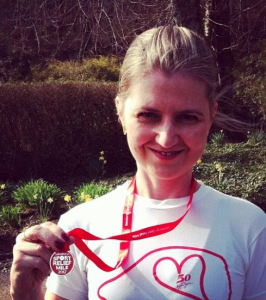
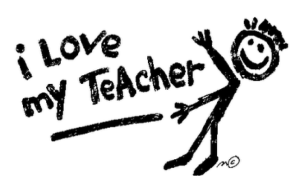
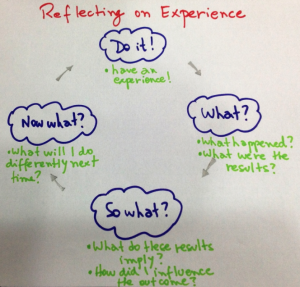 At the end of each class, I and the students always reflect using the Reflective Learning Cycle (Thornbury S. and Watkins P.), in which they can see their learning in a motivational, personal and meaningful way.
At the end of each class, I and the students always reflect using the Reflective Learning Cycle (Thornbury S. and Watkins P.), in which they can see their learning in a motivational, personal and meaningful way.